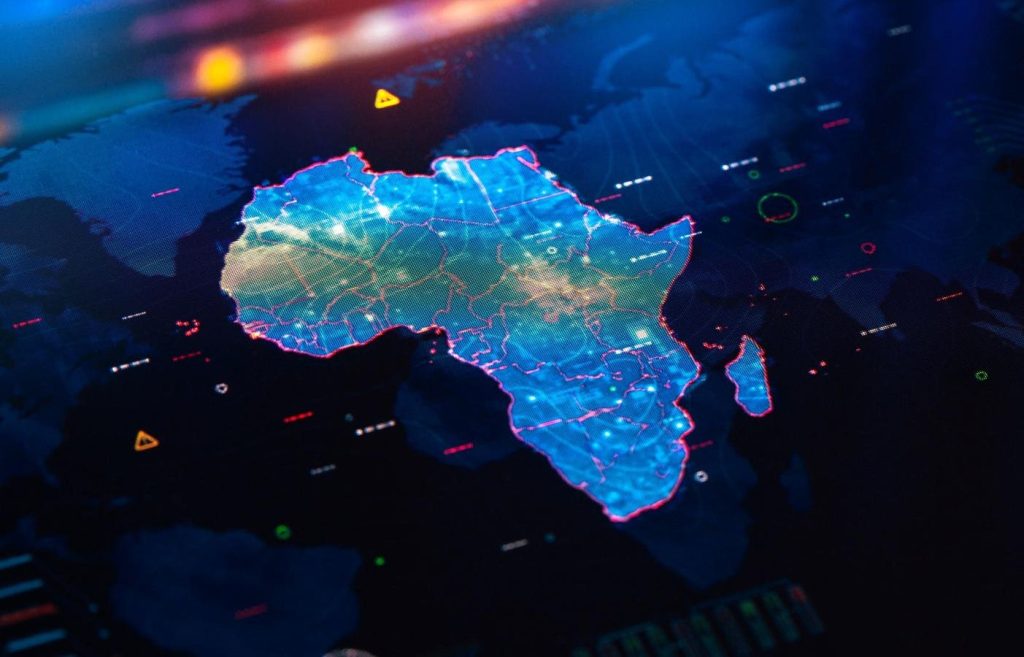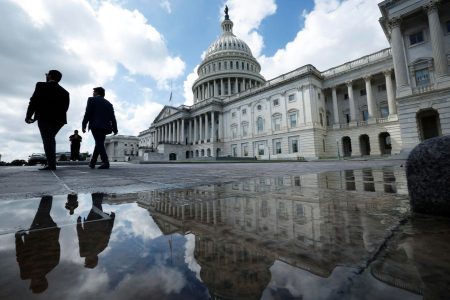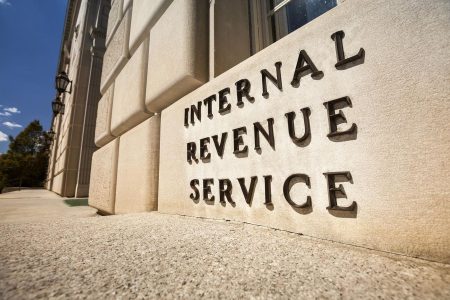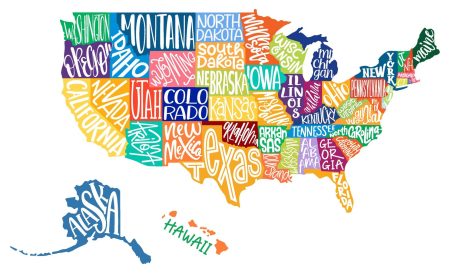There’s a tax case brewing in South Africa involving one of the country’s banks, an alleged gold smuggling ring, and accusations of cross-border money laundering.
The scheme, which has been dubbed the “Gold Mafia,” reportedly centers on a Zimbabwean tobacco magnate — Simon Rudland — whom authorities allege built a black market cigarette empire across southern Africa. Those purported black market earnings needed to be laundered, so his associates allegedly routed the cash through a complicated web of businesses, including a gold smuggling operation, and bribed officials across several South African banks.
Al Jazeera investigated the story in a 2023 documentary, but the matter was already well known to the South African Revenue Service (SARS), which had frozen the assets of Rudland’s Gold Leaf Tobacco Corp. in 2022. Rudland emphatically denied the documentary’s allegations, but a new wave of enforcement action followed months later. In January the SARS hit one of the banks named in Al Jazeera’s investigation — Sasfin Bank — with a civil summons for ZAR 4.87 billion (about $254 million) in an attempt to recoup income tax, VAT, and penalties it says are owed to the agency.
SARS, in a statement, said it had found that “taxpayers had colluded to expatriate funds offshore in a manner that obscured tracing the expatriated payments and jeopardizes the recovery of tax in South Africa.” Aside from that announcement, SARS has been quiet about the details of the matter.
Sasfin issued its own statement after SARS announced the summons, admitting that some of its clients had engaged in tax evasion: “Former foreign exchange clients of the Bank operated as a syndicate that ran an unlawful scheme to facilitate the expatriation of money out of South Africa and colluded with former employees of the bank who operated outside the scope of their employment.”
But Sasfin emphatically distanced itself from the entire enterprise. “The Bank took decisive action when it became aware of this unlawful scheme, including instituting an expanded investigation led by an independent forensic consultancy. This resulted in the termination of relationships with the implicated clients and employees and the opening of criminal cases against them,” Sasfin said.
SARS’s claim against Sasfin comes amid an intensifying crackdown on cross-border tax evasion. And it’s translating into more revenue — SARS collected a record ZAR 2.155 trillion for the 2023/24 financial year, buoyed by targeted investigations into high-net-worth taxpayers and their international activities.
But South Africa’s not alone in this fight. In fact, tax authorities across Africa are highly focused on rooting out taxpayers’ unreported income. This is abundantly clear within the OECD Global Forum on Transparency and Exchange of Information for Tax Purposes, whose African members — known as the Africa Initiative — identified more revenue in 2023 than they had for the entire period from 2009 to 2022, according to the initiative’s latest Tax Transparency in Africa report.
Though this progress is unprecedented, it is not wholly surprising. It’s the culmination of years of incremental — but dogged — work that African tax administrations have been doing to build their exchange of information (EOI) relationships, their data privacy protections, and their ability to translate EOI data into tax revenue.
Exchange of Information on Request Update
One of the largest economic battles African governments are confronting is the fight against illicit financial flows. Recently, African politicians and officials have been talking about illicit financial flows everywhere, from the OECD global forum to the U.N. to the African Development Bank, the IMF, World Bank, and within countless civil society organizations.
In 2023 the Africa Initiative’s members identified over €2.2 billion in additional revenue through the exchange of information on request (EOIR) framework, which is more than the €1.6 billion they identified in the preceding 13 years combined. The €2.2 billion figure is an almost 38% increase over the 13-year total, and it’s astoundingly good news.
But it arrives at a critical juncture for the Africa Initiative, which is trying to ensure that all its members can equally use and benefit from EOI frameworks. Over the past few years, the number of African countries sending EOIs has largely remained static. In 2023, 19 countries sent such EOIRs, which is the same as in 2022 and in 2019, according to the OECD.
Here’s a deeper look at what these figures mean.
Ever since the Africa Initiative started tracking EOI activity on the continent, it has been clear that only a small group of countries have been able to use the framework on a substantial scale. Over the years, the number of African countries using EOI has increased gradually, which is promising.
But of the countries that do exchange information, a small handful have historically accounted for most of the gains. This was true in 2023, when four African countries — Cameroon, Kenya, Tunisia, and Uganda — sent over 84% of the continent’s EOIRs. That’s marginally better than 2022, when four countries — Kenya, Nigeria, South Africa, and Tunisia — sent 86% of the continent’s EOIRs. Like other years, Kenya and Tunisia sent the majority of the continent’s requests — a combined 70%.
So, progress in this area has remained static. Even so, African countries have dramatically increased the volume of requests that they are sending to partner countries. In 2023 African countries made their highest ever number of requests: 888, which is a 40% increase compared with 531 requests in 2022, according to the OECD. These results show that countries fully using an EOI framework are using it quite successfully, which has long been the case.
But the sheer scope of improvement between 2022 and 2023 is unprecedented, especially considering that governments identified more revenue in one year than they had in the previous 13 years combined.
But what are things looking like for other countries?
Sending EOIRs is not quite a rule among African countries, but it certainly is not an exception. In 2023, 22 of 41 countries surveyed by the Africa Initiative did not send any outbound requests under the EOIR framework.
An Upward Trajectory
It’s important to contextualize how 2023’s figures fit into the Africa Initiative’s overall growth over the past several years. In 2013 there were fewer than 700 bilateral EOI partnerships across the continent; by 2020 that figure exceeded 3,200, and now there are over 3,400.
In 2010 no African country was participating in the OECD’s Multilateral Convention on Mutual Administrative Assistance in Tax Matters. Now 23 African countries have signed the convention. The COVID-19 pandemic hampered some of the members’ progress, as some African tax authorities collected millions in revenue during that period while others, hit by lockdowns, saw their EOI programs stall, according to the OECD’s Tax Transparency in Africa 2021 report.
As a whole, the group started to rebound in 2021. That year, African countries sent considerably more EOIRs than they had in 2020 and issued 592 queries, which represented a roughly 26% increase.
That upward trajectory continued in 2022, when countries reported a record €66 million in additional revenue from EOIRs. That was a 77% increase from what they collected in 2021. More countries used EOI, as well: In 2022, 19 African countries sent EOIRs, up from 15 countries the previous year.
Looking at Other Priorities
These developments provide a stable base for the global forum’s next phases of work.
One perennial issue for African members of the global forum is monitoring — specifically, monitoring how EOI data ultimately translates into revenue gains.
According to the report, slightly less than half of the 41 countries surveyed track how EOI ultimately translates into revenue collection. Of those that do track, 10 use an impact assessment tool created by the global forum or an automated tracking system.
That’s double the amount compared with last year’s report. The other countries monitor the information much more informally — they receive periodic feedback from tax auditors and investigators. But tracking is crucial, given the heavy weight that tax revenue bears in some countries’ budgets. For example, tax revenue comprises 60% of Cameroon’s state budget, according to the report.
Another issue that Africa Initiative members are continuing to troubleshoot is beneficial ownership transparency. A key part of the OECD’s EOIR standard is beneficial ownership transparency, and countries exchanging information must make available:
- legal and beneficial ownership information of all relevant legal entities and arrangements, including companies, foundations, limited liability partnerships, and trusts;
- accounting records and underlying documents; and
- banking information, including information about the legal and beneficial owners of bank accounts.
Countries are wrangling with a few of those elements, including Element A.1, which addresses the availability of beneficial ownership information for all legal entities and arrangements. No African country has been rated compliant on that issue, but five are rated largely compliant (Botswana, Cameroon, Mauritius, Morocco, and Tunisia), and seven are rated partially compliant (Egypt, Ghana, Kenya, Liberia, Nigeria, Seychelles, and South Africa), according to the OECD.
Some are also struggling to provide timely and high-quality information when their partners request it, according to the OECD. Outside of the global forum, African countries are trying to remedy this problem.
The African Development Bank launched an initiative last year — the African Beneficial Ownership Transparency Network — whose main goal is to help African governments with beneficial ownership transparency reform. It plans to help create 15 more beneficial ownership registers across the continent. The United Kingdom’s Foreign, Commonwealth and Development Office is a partner on this project.
African Countries Look Inward
In early June some African governments set an extremely ambitious trade target at the African Economic Summit: By 2030 they want intra-African trade to account for 50% of the continent’s trade activity.
It’s a high target, considering that intracontinental trade currently accounts for about 14% of African trade volume. But the latest dispatch from the African Continental Free Trade Area is one of measured optimism.
However, as trade between African countries grows, so too will opportunities for cross-border tax evasion. Information exchange can help mitigate some of this, but intra-African information exchange has historically been low, accounting for less than a quarter of EOIRs.
This changed in 2023. Last year, nearly 30% of African EOIRs were made to the requester’s continental colleagues — Kenya, Mauritius, and South Africa were the most popular options. This interest in Kenya is new; over the years, South Africa and Mauritius have borne the brunt of intra-African requests.
But the increase in intra-African EOI is a positive sign for cross-border collaboration and cooperation as Africa Initiative members explore new ways to improve and expand upon their EOI activity.
Read the full article here










